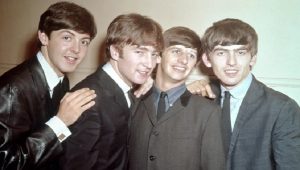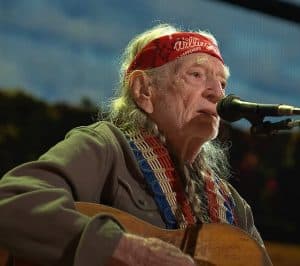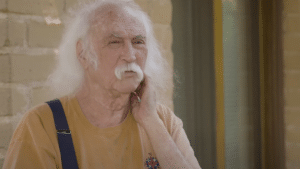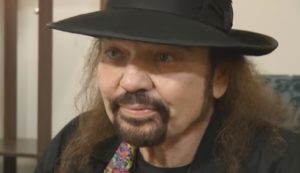What Eye-Witnesses Said On John Lennon’s Murder
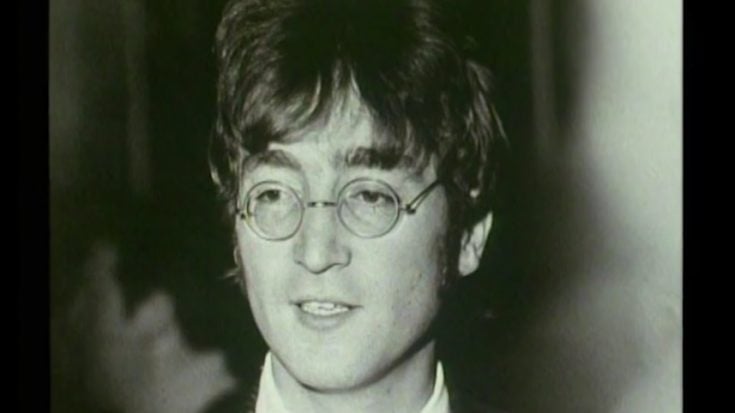
via Real Stories / YouTube
“Yes,” responded John Lennon to the inquiring police officer, confirming his identity as the tragic events unfolded on December 8, 1980. This poignant moment marked the final words uttered by the legendary Beatles musician before his untimely death.
The chilling scene unfolded at the Dakota apartment building in New York City, where Mark David Chapman was being held in custody after having just shot Lennon mere minutes earlier.
The iconic artist, accompanied by his wife Yoko Ono, was returning home from a recording session when the fateful encounter occurred. Four bullets struck Lennon, with a fifth narrowly missing him. The preceding hours had seen Chapman approach Lennon, requesting an autograph on a copy of Double Fantasy, the 1980 album released by Lennon and Ono. The tragic irony of this seemingly innocuous request lingered as the events unfolded.
Fast forward to 2022, NPR reports that Chapman, now 67 years old, faced denial of parole for the 12th time. The impact of that ill-fated day continues to reverberate, as the world reflects on the loss of one of the greatest musical talents in history.
https://twitter.com/Classicbritcom/status/1732953499095232840
Some of the details surrounding the murder continue to baffle
While numerous details surrounding the night of John Lennon’s death are well-known to both devoted Beatles enthusiasts and casual observers, it’s noteworthy that, even four decades later, there remains a veil of mystery shrouding certain aspects of that tragic event.
Unanswered questions persist, such as the identities of the police officers on duty, the presence of individuals on the nearby streets, and the involvement of medical staff. A revelation by The Telegraph indicates that within the Dakota building, where the fatal shooting occurred, there was an attendant present, along with a taxi driver stationed outside, and first responders who played a crucial role in treating Lennon.
Director Nick Holt, at the helm of John Lennon: Murder Without a Trial, expressed a desire to capture the accounts of these key figures before time erases the opportunity. Holt, through his AppleTV docuseries, underscored the urgency of interviewing those who were present that night.
Remarkably, some witnesses who had remained silent for years are now stepping forward, breaking their silence and sharing their recollections for the first time. This emerging willingness to speak out adds a layer of complexity to the narrative, offering a fresh perspective on the untold aspects of that fateful night in the life of the iconic musician.
The chilling scene recounted by a taxi driver
Although the precise details of what each witness to the iconic Beatle’s tragic murder has been doing for over four decades remain unknown, Murder Without a Trial is widely acknowledged for its comprehensive approach in gathering the accounts of those who were present on December 8, 1980.
One particularly impactful narrative comes from taxi driver Richard Peterson, who was stationed outside in his cab as he witnessed the shocking moment when Chapman shot Lennon.
Quoted by The Telegraph, Peterson provided a vivid account of the unsettling incident, stating that Lennon was walking in, and a person exclaimed, ‘John Lennon’, a “chunky guy” who shot the musician afterwards.
“Lennon was walking in, and this kid says, ‘John Lennon’. He was a chunky guy. I’m looking at him through the front window of my cab. I’m looking at him shoot him. This guy just shot John Lennon. I thought they were making a movie, but I didn’t see no lights or cameras or anything so I realized, hey, this ain’t no movie.”
https://twitter.com/official80s/status/1733236755418271864
Harrowing accounts from other eyewitnesses
Simultaneously, Jay Hastings, the concierge at the Dakota building, had a unique perspective on the unfolding tragedy. He recounted witnessing Lennon rushing past him, exclaiming, “I’m shot”.
In the aftermath, Hastings described the distressing scene, stating, “He had blood coming out of his mouth. He just collapsed on the floor. I half rolled him to his back and took his glasses off, put them on the desk. And Yoko was screaming, ‘Get an ambulance, get an ambulance, get an ambulance’.”
On the other side of the narrative, NYPD Officer Herb Frauenberger found himself in a position of unexpected revelation. Unaware of the identity of the shooting victim initially, Frauenberger turned the injured person’s head to check for a pulse.
The shocking realization hit him as he uttered, “Holy smokes, this is John Lennon”. The juxtaposition of these firsthand accounts from different perspectives adds layers to the unfolding tragedy, capturing the chaos and disbelief that engulfed the immediate aftermath of Lennon’s shooting.
https://twitter.com/marianabrickman/status/1540869434415407106
The death that changed the world
Similar to Officer Frauenberger’s unexpected encounter, Dr. David Halleran at Roosevelt Hospital found himself tasked with treating none other than John Lennon. Over a span of nearly 45 minutes, Dr. Halleran and his team tirelessly worked to preserve Lennon’s life until the realization of futility prompted the decision to cease their efforts.
In a poignant moment, Nurse Barbara Kammerer delivered the heart-wrenching news to Yoko Ono. This occurred against the backdrop of Lennon’s own iconic song “Imagine” playing from the hospital speakers in Muzak form.
Meanwhile, Chapman seemingly had no intention of evading capture. The gunman openly took responsibility for his actions, expressing, “I am not going to blame anything else or anybody else for bringing me there. I knew what I was doing, and I knew it was evil. I knew it was wrong, but I wanted the fame so much that I was willing to give everything and take a human life.”
Spurred by a complex yet chilling rationale, Chapman told the Telegraph about the perceived hypocrisy in Lennon’s message, stating, “All You Need Is Love, have you ever heard that? Well, this is what I say to that: all you need is love and $250 million dollars. He [Lennon] was the biggest, phoniest bastard that ever lived.”





